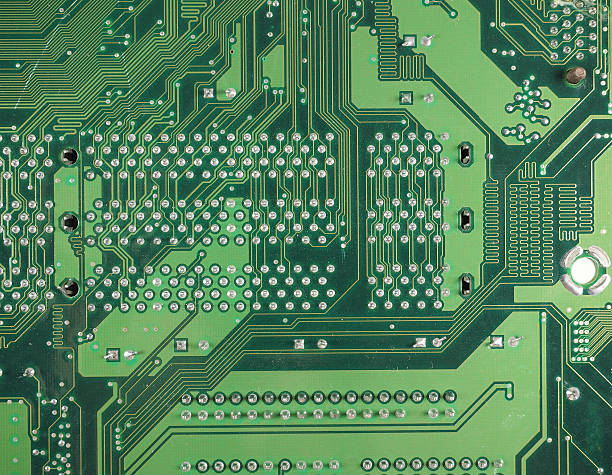* On your first PCB Assembly order!
* Up to $300 discount
 C - A L L E Y
C - A L L E Y 
Home | Events | PCBA | About Us | News | Contact Us
Many professionals in the multi-layer PCB circuit board industry are aware that numerous factors impact the quality of PCB circuit boards. These factors include SMT patch processing equipment, processes, technology, and PCB circuit board design. The selection of the PCB board is also crucial, as choosing the appropriate substrate material can effectively enhance product performance and ensure product quality. So, what are the baseboard materials of the multilayer PCB circuit board?
1. Classification
The PCB circuit board substrate materials are categorized into two main groups:
a. Organic material substrates, including phenolic resin, glass fiber/epoxy resin (FR4), Polyimide, BT/Epoxy, and more.
b. Inorganic material substrates, including inorganic metal substrates (copper substrates, aluminum substrates, etc.) and ceramic substrates.

Material Description of Multilayer PCB Circuit Board
2. Advantage Analysis
a. Metal base plate: Metal substrates, ranging from 0.3mm to 2.0mm thick, such as aluminum, iron, copper, epoxy resin semi-cured sheets, and copper foil, are hot-composite pressed. The metal plate is suitable for large-area patch processing and offers the following performance features:
(1) Good mechanical performance: Metal substrates exhibit good strength and toughness, addressing the brittleness of printed circuit boards based on inorganic materials. They are suitable for large-area patch processing and can withstand heavy component installation. Additionally, the major advantages of the metal base material include dimensional stability and smoothness.
(2) Excellent heat dissipation: Due to direct contact between the metal base plate and the semi-cured sheet, they demonstrate excellent heat dissipation performance. The heat generated during patch processing can be effectively dispersed when using the metal substrate. The heat dissipation capacity of the circuit board depends on the thickness of the metal substrate and the resin layer. Of course, the design should also consider the impact on electrical performance, such as electrical resistance.
(3) Electromagnetic wave shielding: In high-frequency circuits, metal substrates can naturally form a protective layer to shield electromagnetic waves.
b. PCB Ceramic Substrate: Ceramic substrates are widely used in power electronic circuits and offer the following advantages:
(1) Good electrical insulation performance, which is fundamental to substrate performance.
(2) High thermal conductivity, effectively transferring heat generated by the circuit.
(3) Excellent brazing performance, high adhesion strength, and high current carrying capacity.
The PCB circuit board encompasses various baseboard materials, each with its own advantages. It is essential to select the appropriate baseboard materials based on actual use and processing conditions to ensure the final product's quality. Kingsheng PCBA is committed to continuously improving processes to provide customers with superior PCB board processing services.
Why Choose China PCBA Supplier KSPCBA as Your Material Description of Multilayer PCB Circuit Board Manufacturer?
– Experienced and skilled team
– State-of-the-art equipment
– Strict quality control
– Excellent customer service
– Competitive price

Please send Email to kspcba@c-alley.com or call us through +86 13828766801 Or submit your inquiry by online form. Please fill out below form and attach your manufacturing files( PCB Gerber files and BOM List) if need quotation. We will contact you shortly.
 +86 13828766801
+86 13828766801 kspcba@c-alley.com
kspcba@c-alley.com https://www.kingshengpcba.com/
https://www.kingshengpcba.com/ 2/F, Building 6, Tangtou 3rd Industrial Zone, Tangtou Community, Shiyan Town, Baoan District, Shenzhen, China, 518108
2/F, Building 6, Tangtou 3rd Industrial Zone, Tangtou Community, Shiyan Town, Baoan District, Shenzhen, China, 518108